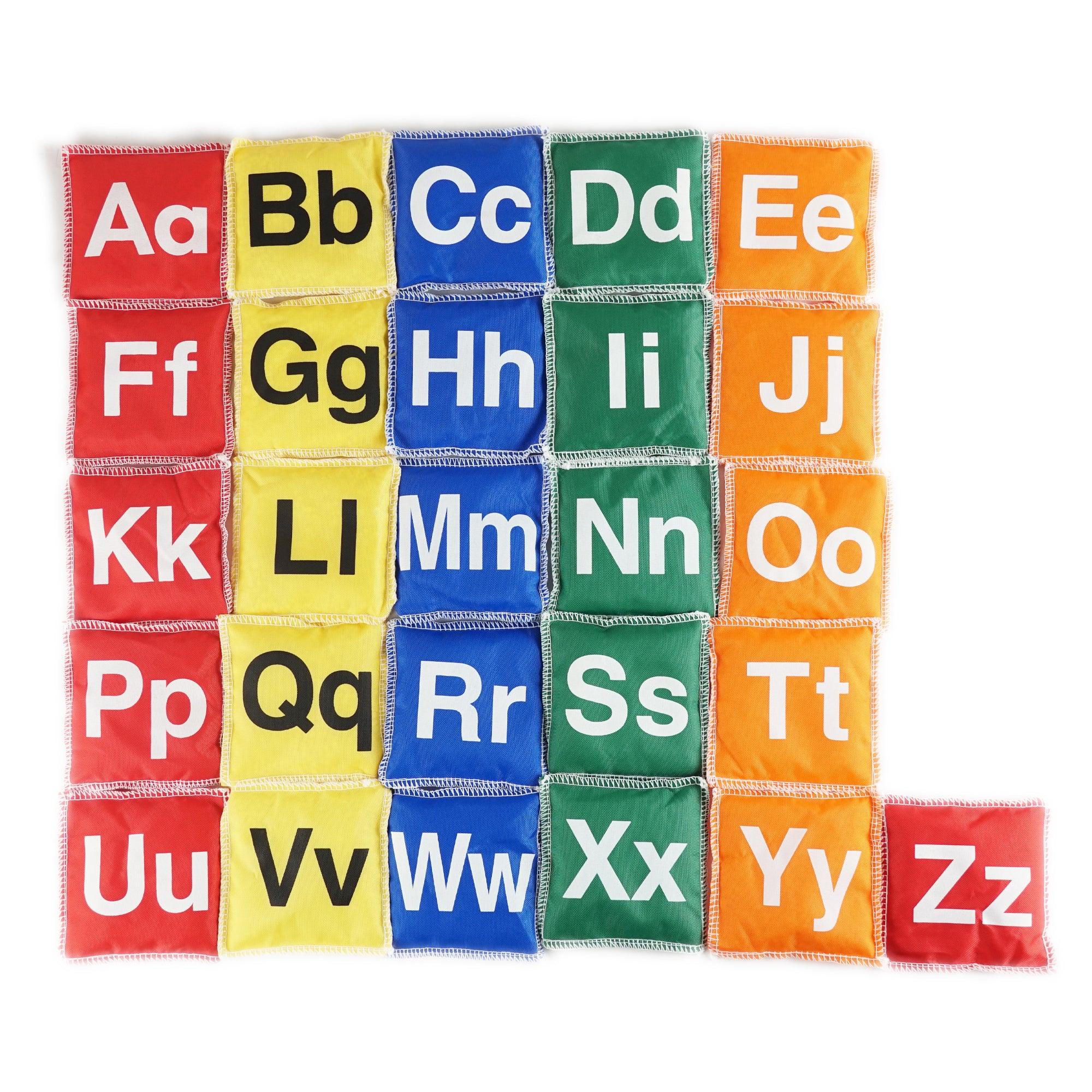The Psychology Behind Kids’ Attachment to Toy Animals
Introduction
Children often form deep emotional attachments to their favorite toy animals. These furry companions become an essential part of their lives, offering comfort, companionship, and a sense of security. But why do kids develop such strong connections with their toy animals? In this blog article, we will explore the fascinating psychology behind this phenomenon.
The Power of Imagination
Children have incredible imaginations that allow them to bring inanimate objects to life. Toy animals provide a canvas for their imagination to flourish. Here are some features that make toy animals so enticing for kids:
- Realistic designs: Toy animals often resemble their real-life counterparts, enhancing the child’s ability to create a vivid mental image.
- Soft and cuddly: Plush toy animals offer a tactile experience, allowing children to feel comforted and safe when hugging or cuddling them.
- Expressive features: Toys with faces that can display emotions enable children to project their own feelings onto them, fostering empathy and emotional connection.
Simulating Relationships
Playing with toy animals provides an opportunity for children to simulate real-world relationships and learn vital social skills. Here are some key features of toy animals that facilitate this aspect:
- Companionship: Toy animals become reliable playmates, offering unconditional love and companionship whenever needed.
- Responsibility: Taking care of a toy animal, such as feeding, bathing, and putting it to sleep, teaches children about responsibility and empathy.
- Role-playing: Imaginary play with toy animals allows children to take on different roles and explore various emotions, gaining a better understanding of their own feelings and those of others.
Sense of Security
Toy animals often serve as a source of comfort and security for children, especially during challenging or unfamiliar situations. Here are some reasons behind this:
- Familiarity: Toy animals provide a sense of familiarity and stability in the child’s life, offering a consistent presence regardless of the changing external environment.
- Transitional objects: Many toy animals become transitional objects, acting as a bridge between the child’s home and the outside world, easing separation anxiety.
- Emotional outlet: Children can freely express their emotions to their toy animals, who listen without judgment, helping them cope with stress or difficult feelings.
Psychological Benefits
The attachment to toy animals can have several positive psychological effects on children’s development. Here are some notable benefits:
- Enhanced emotional well-being: Toy animals become confidants for children, providing a safe space to process emotions and seek comfort.
- Development of empathy: Through their interactions with toy animals, children learn how to empathize, considering the needs and feelings of others.
- Self-soothing mechanism: Hugging or interacting with toy animals can help children calm down and regulate their emotions, promoting self-soothing skills.
- Language and cognitive development: Children often engage in imaginative conversations and storytelling with their toy animals, fostering language and cognitive growth.
Conclusion
The attachment that children form with toy animals is a fascinating psychological phenomenon. Toy animals empower children’s imagination, simulate real-world relationships, provide a sense of security, and offer numerous psychological benefits. Understanding the psychology behind this attachment can help parents and caregivers recognize its importance and support children’s emotional development.




